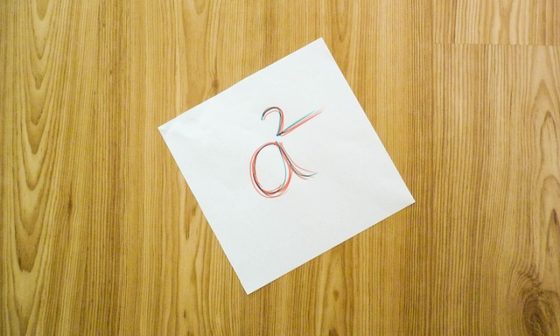The Chaikin Volatility Indicator is one of the lesser known indicators used by traders, but it can be a powerful tool for those looking to trade intraday.
CVi is designed to measure the volatility of a security or market over a period of time. This indicator is based on the principles of technical analysis and was created by trader and author Marc Chaikin.
In this blog post, we’ll take a closer look at what CVi is, how it works, and how you can use it to improve your trading results. Stay tuned!
What is Chaikin Volatility Indicator?
Chaikin Volatility Indicator (CVI) is a technical analysis indicator that measures the relative magnitude of recent price volatility. The CVI looks at the difference between a specific price range and then compare them with the overall volatility of the market. More specifically, it compares current high and low prices with previous highs and lows over different timeframes to track fluctuations in volatility.
CVI is used to help investors identify whether a move might be temporary or signify a break from an established trend. By gaining insight into potential trading opportunities, traders can potentially get ahead of major moves before they happen.
The catch with Chaikin Volatility Indicator is that it works best on markets that have experienced large, lasting movements, making it less useful for stocks with constant small movements or those that lack liquidity in general.
As such, it can be a powerful tool for traders looking to capitalize on bigger swings in investment portfolios – when used correctly. Ultimately, understanding how to use Chaikin Volatility Indicator properly could mean the difference between recognizing potential entry points or missing out entirely. Thus, having knowledge of this indicator as well as its nuances can certainly be beneficial across multiple aspects of investing and trading alike!
The Formula for CVI
Chaikin Volatility is an important financial indicator used to measure a security’s volatility over a given period of time. The formula for the Chaikin Volatility index tracks differential and provides investors with insight into potential trends in the price and volume of a particular asset.
The formula for Chaikin Volatility is calculated using a combination of closing price, high-low range, and volume data. It starts with standard deviation as its base formula, so investors must first calculate the volatility of the security using accurate rolling averages from the last 10 or 20 days. From here, two exponential moving averages (EMA) are created, one measuring the difference between high and low prices over two or three days and another measuring the difference between closing prices over four or five days. Finally, these calculations are added together to generate an overall volatility index.
By tracking Chaikin Volatility it can be easier to identify even subtle changes in strength and direction during market shifts. Keeping an eye on this formula can help investors make wiser investing decisions.
In conclusion, understanding Chaikin Volatility formula is critical for making timely investment decisions based on up-to-date market movements.
How to Calculate Chaikin Volatility
Calculating the index requires several steps. Firstly, take the closing price of each day and plot it on a chart using appropriate software such as TradeStation or MetaTrader 4. Secondly, calculate the 10-day average by adding up the last ten closing prices and dividing them by 10. Thirdly, calculate the exponential moving average (EMA) with the formula:
Today’s EMA = yesterday’s EMA + (Today’s Close – Yesterday’s EMA) * multiplier.
Lastly, use this calculation formula in order to establish Chaikin Volatility Index calculation:
Chaikin Volatility = [(EMA10 – EMA30) / EMA30] x 100%.
With these calculation steps calculated accurately this index should provide an excellent indication of market volatility in a given period.
Using CVI in Trading Strategies
Limitations of Chaikin Volatility Indicator
The Chaikin Volatility Indicator is a volatility measure that uses the relationship between volume, trend and price data to determine when a security is likely to experience increased or decreased volatility.
This can be a helpful measure for traders who want to identify changes in the market before they occur, allowing them to act swiftly and capitalize on potentially profitable situations. However, there are some limitations with this indicator. First of all, it cannot predict with absolute certainty when a security’s volatility will increase or decrease; instead, it only offers an estimate based on historical data.
Additionally, this indicator does not account for fundamental events such as news announcements that may suddenly change the momentum of a stock’s price. In addition, since it only uses past data, it may lag behind other indicators that are better suited for short-term trading.
While the Chaikin Volatility Indicator can be useful in certain contexts, traders should be aware of its potential limitations in order to make the most effective trading decisions possible.
Conclusion
CVI is a momentum oscillator that can be used to measure the strength of price movements. The Chaikin Volatility Indicator (CVI) is based on the principle that the location of the close relative to the high-low range will vary with volatility. When prices are volatile, they tends to close near the extremes of their daily trading range and vice versa. By measuring how far prices have deviated from their midpoint we can get an idea about whether current levels are unusually high or low in relation to recent price action. This indicator can also be used as a way to confirm trend changes by looking for divergences between price and momentum.
If you’re interested in learning more about using CVI in your trading, subscribe to our free CVI based trading strategies today.


